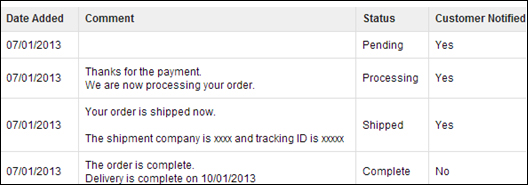Order management is very straightforward and easy in OpenCart.
Orders are tracked as a list using the Orders section under the Sales menu.

Let's click on the Order Details tab to see who made an order, along with the total amount and date. The order status is shown as Pending at first:

The Payment Details and Shipping Details tabs are the next ones we need to check. Although they are usually the same, they can also be different. In such a case, we send the invoice to the payment address and we ship the items to the shipping address.

The next tab is Products, where we get to see all the ordered items along with their shipping information, coupons, and tax rates (if they exist).

The last tab is the one we will always use. The Order History tab lists all the steps; this is where we start processing the orders and notify the customer.
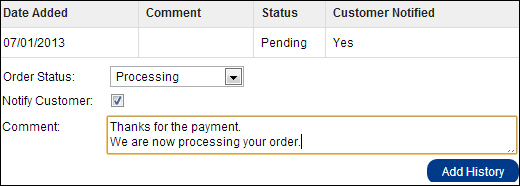
Here is a sample of an informative e-mail that the customer will get:
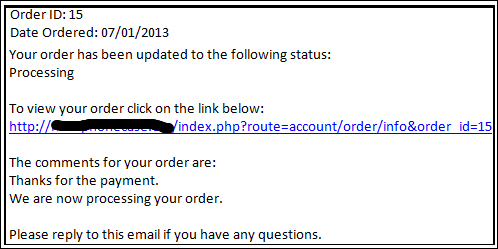
Suppose that we are ready to ship the order. We will generate an invoice now using the Generate link on the Order Details tab:

Now a new invoice number is generated in the Invoice No. field. Let's click on the Print Invoice button:

This is what a typical invoice looks like:
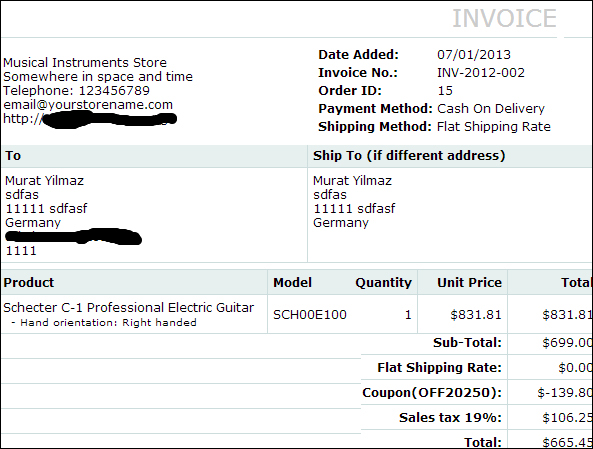
Let's ship the order and set the status as Shipped:

Finally, we can set the Status to Complete after the shipment is made. This time, we will not send a notification.
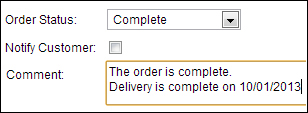
Although we can edit the details of an order, we typically view the details and then set the status of an order to inform the customer accordingly. The details of all the orders are listed in a table for easy administration.
Here is a screenshot showing all the changes to an order on the Order History tab:
